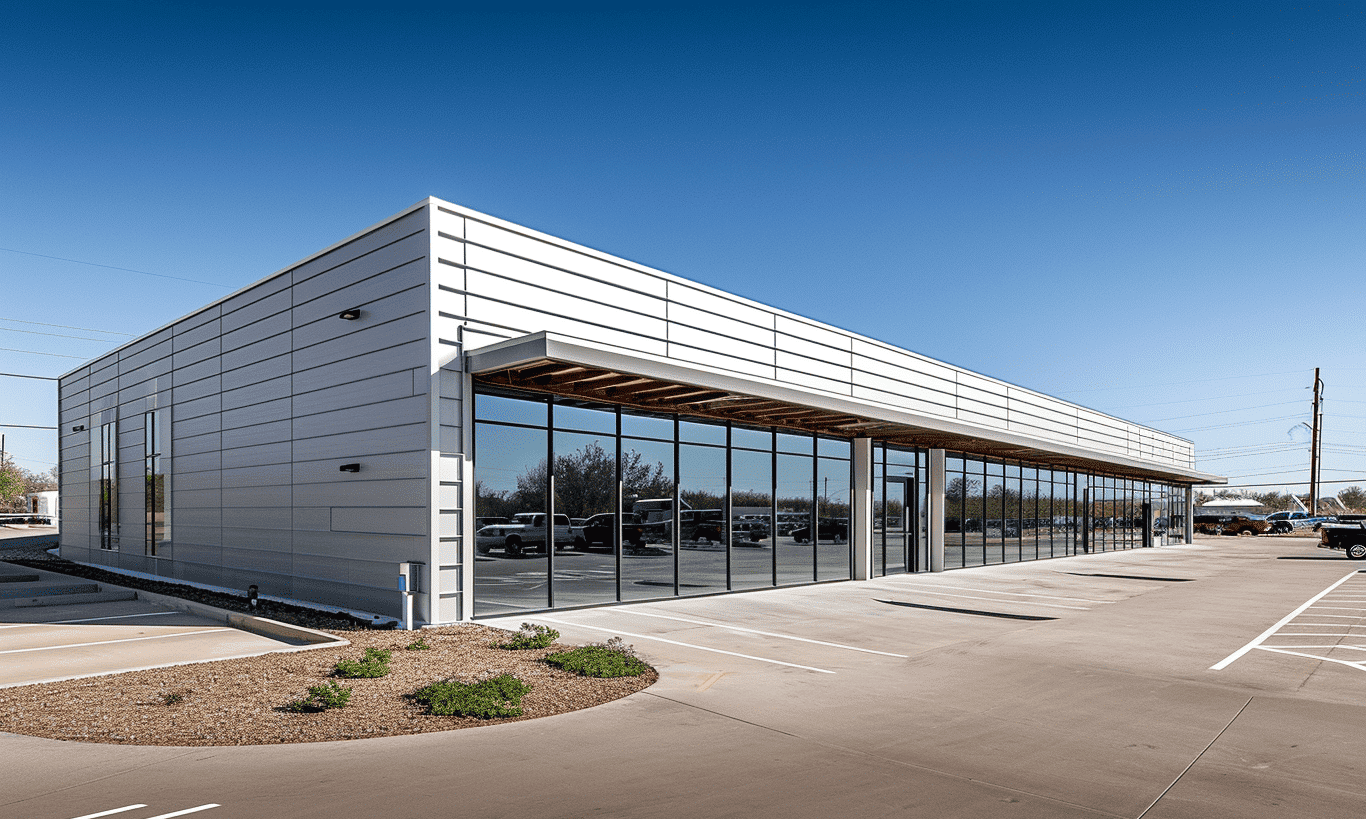In a world where the earth’s crust is more fretful than a chipper squirrel, staying stone-walled against seismic shakes is no small feat. The concept of seismic building codes, though somewhat of a labyrinth for many, is an essential gear in the grand machine that ensures the safety of structures and, more importantly, of the people within them. If you’re based in an earthquake-prone area or even in the heart of Canada, understanding these regulations can feel like deciphering runes from an ancient civilization. Let’s unravel this enigma and prepare our buildings to stand strong against earth’s tantrums.
Understanding Seismic Building Codes
Seismic building codes are a set of regulations that aim to safeguard life and property by ensuring structures can withstand the forces of an earthquake. These codes are critically crafted to minimize damage, reduce risks of fatality, and maintain the functionality of essential buildings during seismic events. Much like a well-tailored suit, these codes fit the geophysical needs of the area, varying significantly from one region to another based on the seismic history and potential of the location.
The National Research Council Canada – Seismic Building Codes offers a comprehensive guide to understanding how these codes are crafted and defines the necessary measures for construction projects nationwide. By integrating seismic provisions from the International Building Code (IBC) and the Canadian Standards Association (CSA), these standards focus on ensuring structural integrity and safety.
The Role of Seismic Building Codes in Construction
Imagine you’re constructing a building, not unlike crafting a tall ice cream cone. If the base is weak or unbalanced, the top scoops are destined to topple. Similarly, seismic building regulations prescribe specific structural designs, material standards, and construction practices to ensure a solid, quake-resistant foundation. This proactive approach not only reduces potential repair costs but, more critically, saves lives.
However, similar to fire safety regulations, these seismic laws mandate regular inspections, maintenance, and retrofitting of existing buildings to ensure continued compliance with updated research and safety innovations.

Why Following Seismic Building Codes Matters
The memory of a building collapse lingers like an eerie ghost at the back of one’s mind. Such catastrophes highlight the devastating impact of failing to adhere to seismic standards. By incorporating seismic building codes, engineers and construction professionals can design buildings that respond to ground shaking dynamically, absorbing and dispersing earthquake energy to minimize structural damage.
Seismic Codes in Action: Real-world Applications
One might question the importance of meticulous regulations. Consider this: without seismic codes, a mild quake could cause massive structural failures leading to extensive human, financial, and environmental costs. By embedding seismic standards into every aspect of building design, from the selection of materials to architectural plans, these regulations provide a robust framework that transforms potentially destructive forces into manageable events.
Now, if you’re in Ontario, the inevitable question may arise: How does this relate to the modern steel edifices sprouting across the province? Many savvy builders turn to steel building kits in Ontario. These kits epitomize the marriage of modern design and meticulous adherence to seismic codes. By employing pre-engineered steel structures, builders can create flexible yet incredibly strong buildings suited for any Canadian weather tantrum.

The Evolution of Seismic Standards: Better Safe Than Sorry
Seismic building codes are anything but static. They evolve with advancements in geophysical research, material science, and engineering practices, making it vital for builders and authorities to stay updated. The seismic code of yesteryears might not suffice in today’s environment, which is where institutions like the National Research Council Canada come into play, ensuring that today’s constructions are armored with tomorrow’s standards.
Seismic Codes vs. Other Building Regulations
But allow me to segue briefly into how seismic building codes interact with various other regulations. Whether it’s aligning seismic codes with wetland regulations to ensure environmental safety or harmonizing them with fire safety regulations, understanding the collaborative nature of building codes is crucial. These intersecting regulations collectively contribute to creating harmonious, safe environments, much like instruments in an orchestra forming a symphony.

The Future of Seismic Building Codes
As urban landscapes continue to evolve, designing skyscrapers that swish elegantly in the winds remains challenging, yet rewarding. The role of seismic building codes will undoubtedly expand, integrating intelligent systems and technologies to offer more efficient real-time responses to seismic activities. Future codes may demand even closer synergy between architectural pursuits and environmental considerations, predicting a future where green and grey architecture coalesce seamlessly.
Conclusion: Standing Tall Amidst the Quake
Engaging with seismic building codes may not be a thrilling read, akin to dabbling in the annals of medieval laws. Still, the consequences of neglecting these codes are as vivid as a vivid cinema reel from history. From apartment complexes to steel building kits in Ontario, staying attuned to seismic building standards is evermore necessary.
In the end, seismic building codes are not just about compliance; they represent a commitment to safety, innovation, and responsible construction. By arming structures with these codes, we ensure that when the earth grumbles, structures stand resilient and strong, like a proud oak weathering a fierce storm.










